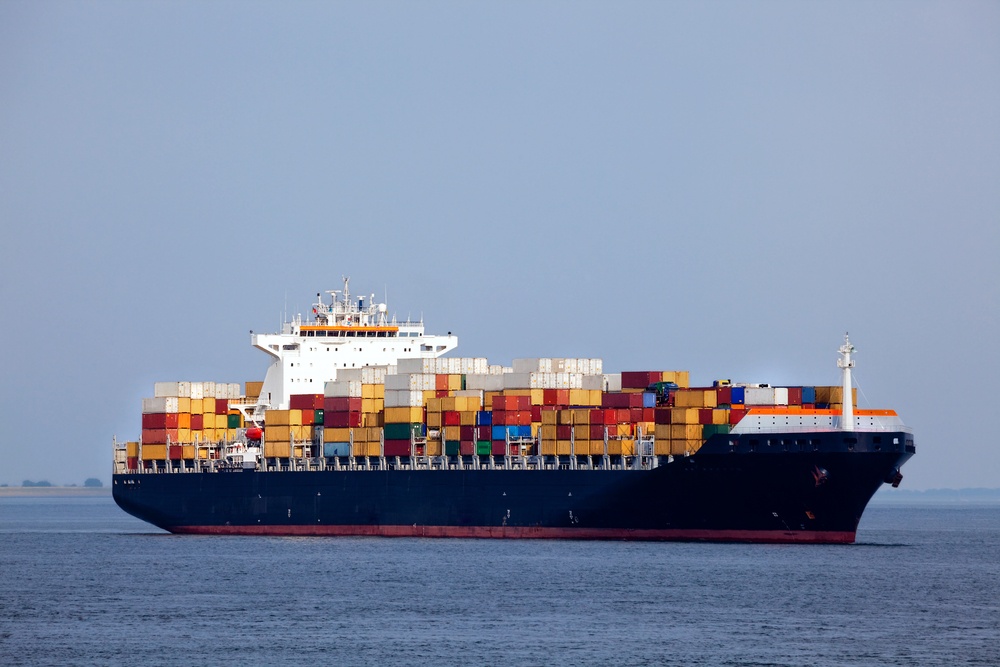The death toll of the coronavirus is over 2,700 worldwide, mainly in mainland China. Globally, there are more than 80,000 global cases. Outside of Asia, Italy is now the largest outbreak in Europe, and while the WHO and US experts say that there is no pandemic yet, folks need to start preparing for the "what if". However, there is some rampant chaos already in supply chains and overall trade.
While the human toll continues to worsen, so does the economic news. Apple, Adidas, Under Armour, Puma and several other retailers reported earnings and supply warnings, with Apple adding that parts/phone exports from China were also affected. According to the American Chamber of Commerce in Shanghai, some 80% of American plants in China are having difficulty getting workers to return and restart production. More specifically, while some 90% of the 109 U.S. manufacturers in the Yangtze River Delta Economic Zone are expected to resume production this/next week, 78% of them don't have sufficient staff to operate at standard capacity due to travel restrictions and quarantine requirements. Reliable reports have 780 million Chinese, some 50% of the population, are still living under travel restrictions. As you know, the result is dozens of sailings from Chinese ports have been canceled as most factories remain closed, containers are not moving to the ports, and containers at the ports are not being loaded.
Alphaliner has reported 33 cancelled Mega sailings within the four weeks on the Asia-Northern Europe trade lanes, meaning some 46% of scheduled departures on the route have been dropped, and many of the ships that do sail are departing with substantially less cargo on board. Hence Loadstar’s report last week of a 23,000 TEU Mega sailing China-Northern Europe with less than 2,000 TEU is likely not a one-off issue.
The effects of the slowdown have absolutely pounded the container carriers, whose only recourse is to blank voyages as load factors on China-N. Europe and China-US continue to plummet and Alphaliner forecasts an additional 17 blanked sailings in the next four weeks.
Supply Chains Hammered
The electronics and automotive industries are feeling the brunt of the virus, mainly because of their labor-intensive supply chains. Reports from our customer base and our network confirm that many are not able to get the parts they need just in time, and while they can get supplements from outside of the region, a gap is definitely left in their supply chains. Word from our retail customers is similar; particularly that the shutdown in China is not only affecting their 2020 business but will also impact their spring/summer 2021 because of long lead times for samples. It's looking gloomy.
China not Forever
I’ve heard through the grapevine that supply chain leaders are wondering if China should be the epicenter of their chains given how many challenges the region brings, ultimately affecting their business. A not-so-cheap workforce as once before, a challenging political situation and more and more health concerns being born in the area are definitely making regions like south Asia and countries like Mexico more attractive. This can be the time for companies to look at their supply chain strategies and supplier stratification. Intense cost and risk modeling must be done on manufacturing center locations, sourcing partners which affect trade lanes and supplier choices. What will it cost to send my cargo from A to C, instead of A to B? What can we gain if we move distribution centers from C to D and how does this impact our bottom line?
So while rates are clearly weak (a 20-25% drop from Jan 1 on China to Europe and the US West Coast reported in Xeneta), some if this is due to the usual CNY-slowdown, from which the market will recover in normal economic times. There is surely much pent-up demand that will more than compensate for the current load rates. But these are not normal times. Unfortunately, until the coronavirus is contained and China re-opens for business, rates are immaterial if there is no cargo.
The coronavirus can be perhaps an awakening for legacy supply chain setups forcing supply chain and logistics professionals to get their hands on as much data as possible to help them model their next move.
Contact us and we can help you understand the current industry situation and work with you to show you how Xeneta freight rate data can help your supplier stratification. (Click below)
%201.png)


-1.jpg)



